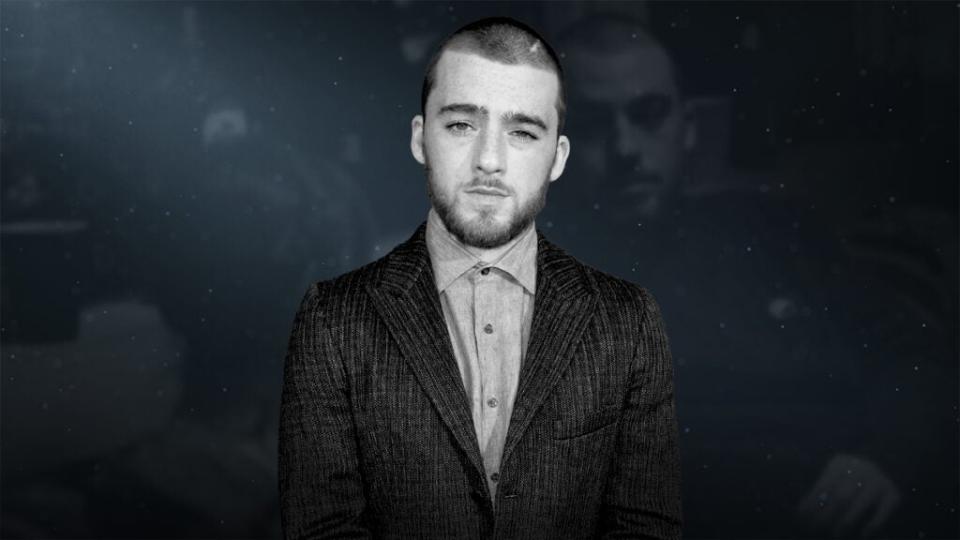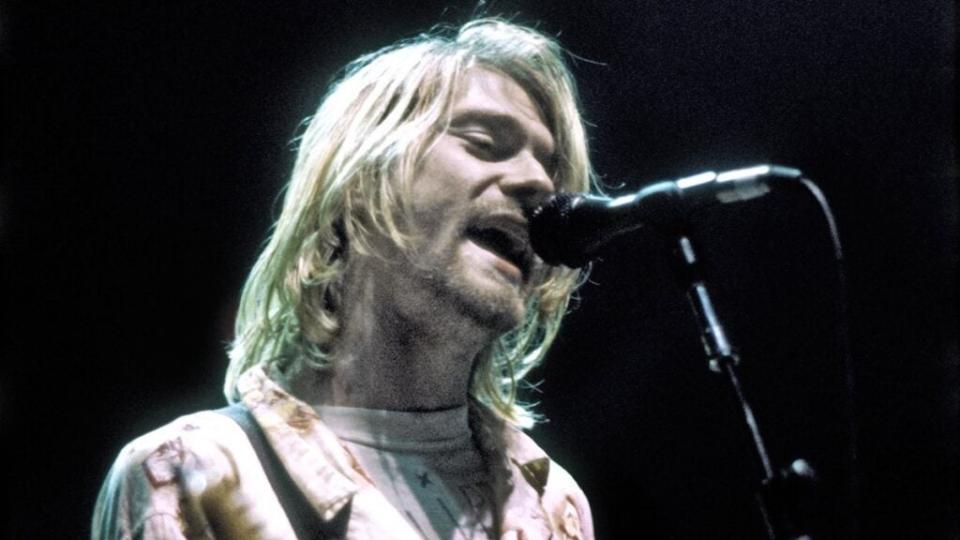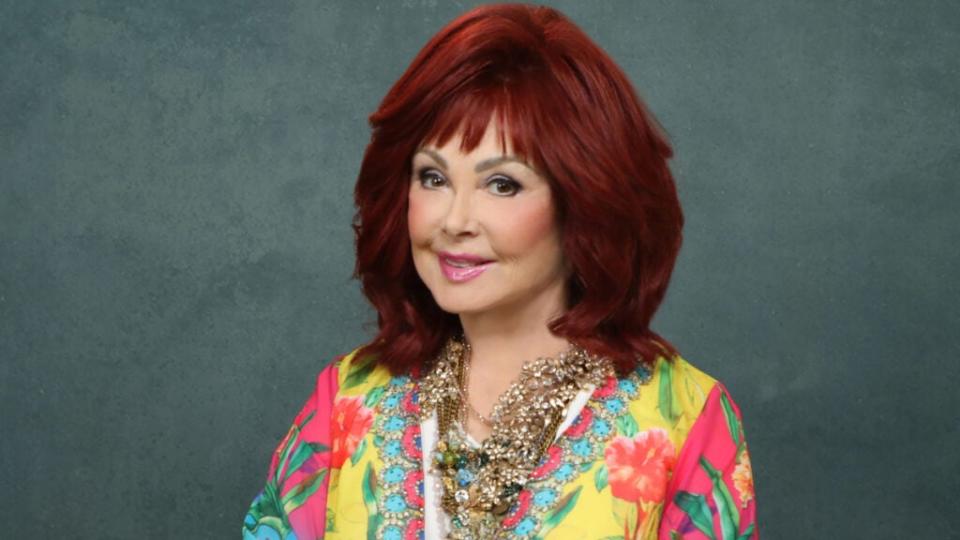Behind Hollywood’s Rise in Suicides – and What to Do About It
- Oops!Something went wrong.Please try again later.
- Oops!Something went wrong.Please try again later.
- Oops!Something went wrong.Please try again later.
The tragic deaths of “Euphoria” actor Angus Cloud and Irish singer Sinéad O’Connor are only the latest stark reminders of Hollywood’s prevalent mental health and suicide crisis.
Although, as of this writing, neither has been officially determined to have died by suicide, both had been open about their struggles with mental health.
After every high-profile suicide, such as “Breaking Bad” actor Mike Batayeh, country singer Naomi Judd and “So You Can Think You Can Dance” judge Stephen “tWitch” Boss, the question is debated whether the industry, as a whole, has done enough to support people who may be in crisis.

A number of mental health experts told TheWrap that although suicides among the general population rose during the pandemic, people who work in entertainment can be particularly vulnerable.
“Entertainment is already an occupational group that’s at increased risk,” said Colleen Carr, director of the National Action Alliance for Suicide Prevention, citing a study conducted by the CDC in 2016 that demonstrated people who work in entertainment, sports and media had suicide rates significantly higher than those of the general population.
“Suicides among famous people are up because suicides among everyone in America is up. It’s a national disaster. And we only pay attention to it, it seems, when a famous person dies,” said Charles R. Cross, author of the Kurt Cobain biography “Heavier Than Heaven.”

Cross cited the lack of access to mental health care even for those who are insured as well as the often unmanageable costs of treatment and taking time off from work.
“If this were a disease you caught, there would be benefits every weekend, with everyone in Hollywood doing things to raise awareness,” he told TheWrap.
The conversation about suicide prevention in Hollywood is ongoing, but it’s not always easy to tell who is having a mental health crisis, let alone get them help in time.
Judd, who died by suicide in April, talked publicly about her struggles with depression. Judd’s daughters, Ashley and Wynonna, said in a statement at the time, “We lost our beautiful mother to the disease of mental illness.”

Fans were shocked by the seemingly out-of-nowhere December death of tWitch, who was always upbeat and smiling on the Fox competition series. Speaking six months after his death, his widow, dancer Allison Holker told “The Today Show,” “No one that saw this coming. No one…” She’s now committed to bringing awareness to mental health and helping people who are struggling to get the support they need.
Support on set
“There are not a lot of industries that have done a terrific job getting ahead of this current mental health crisis,” said Ashley N. Kolaya, lead impact and engagement officer at USC Annenberg’s Mental Health Storytelling Initiative.
“The entertainment industry is especially demanding in terms of time you spend working away from family. You can be in situations where you’re confronted with trauma and if you’re playing a character who experiences a tremendous stress or traumatic experience, or if you’re editing a scene where that’s the case, these can fall under that risk factor category,” Kolaya continued.
She added that unions usually have some form of mental health coverage, “but if I’m doing a scene that’s got me really triggered or upset, there’s not a clear, universal path for what to do in that situation.”
Kolaya cited the work done by one of the initiative’s coalition members, Amazon Studios, where “Underground Railroad” showrunner Barry Jenkins “made it a point” to have mental health professionals on site since the series dealt in such heavy topics as slavery and abuse.
“That’s the kind of example we would love to have everybody following. One of the things that coalition will be thinking about is how can we get the industry to adopt some best practices,” said Kolaya.
“Yellowjackets” star Jasmin Savoy Brown, who had to take time to “decompress” after filming the very dark second season of the Showtime hit that involves murder and cannibalism, said the mostly female cast relied on their intimacy coordinator for emotional support.
“Last season [the IC] was there for a couple of sex scenes. And then people started requesting her for other stuff — anytime there’s anything that might cause an emotional or psychological response. She emailed us and asked if we wanted her around, and towards the last couple episodes, she was there every day,” Brown told TheWrap in March.
The intimacy coordinators TheWrap spoke to for our June story about how their on-set roles have expanded, stressed the importance of also having a mental health expert, and not just an IC, available for actors and crew.
Kathy Kadler, who was an IC on Netflix’s “The Night Agent,” told TheWrap in May, “In my personal opinion, one of the reasons why we have such high levels of suicide and drug use in the industry is because we ask these performers to delve deep, to go vulnerable, to feel these big feelings. And then we finish that scene, we put them through wardrobe, hair and makeup and we pack them up in a car and we send them home.”
Kadler explained that ICs, along with professional counselors, can help actors “debrief or de-role, which is a way of shedding the character.” She added, “So they’re not taking those leftover emotions z emotional bleed off is huge — back home, and then self medicating, however they choose.”
The media’s role
“I think entertainment plays a big part in portraying potential solutions, and [can also] contribute to the problem,” said Kolaya. “In a worst-case scenario universe, stories that are being told and consumed are actually causing more harm. And we know suicide contagion is a real thing. We want to make sure that content creators have a resource that they can turn to with experts in telling those kinds of stories that are informed and with the right knowledge and skill sets.
Netflix’s 2017 series “13 Reasons Why,” where the suicide of one character sets the entire series in motion, was linked to a steep rise in online suicide searches and suicidal behavior, said Carr of research conducted by the National Institute of Health.
“That really underscored the importance of responsible portrayal of suicide and that helped to inform prevention efforts and outreach efforts,” she explained.
“It’s really important when we think about mental health and suicide prevention, to recognize the key role that entertainment and news media played in changing the conversation about suicide from one of hopelessness and despair to one of hope and help-seeking and recovery,” said Carr.
“We know that the overwhelming majority of people who struggle with thoughts of suicide do not die by suicide, but instead access the resources, gain the skills needed to live full lives,” she continued. “The power of the work that the entertainment sector does every day can reach millions with stories that can help them on the road to recovery.”
The National Suicide Prevention Lifeline 988 is a free, 24/7 confidential service that can provide people in suicidal crisis or emotional distress, or those around them, with support, information and local resources.
Resources mentioned in this story:
USC Annenberg’s Mental Health Storytelling Initiative
National Action Alliance for Suicide Prevention
The post Behind Hollywood’s Rise in Suicides – and What to Do About It appeared first on TheWrap.

